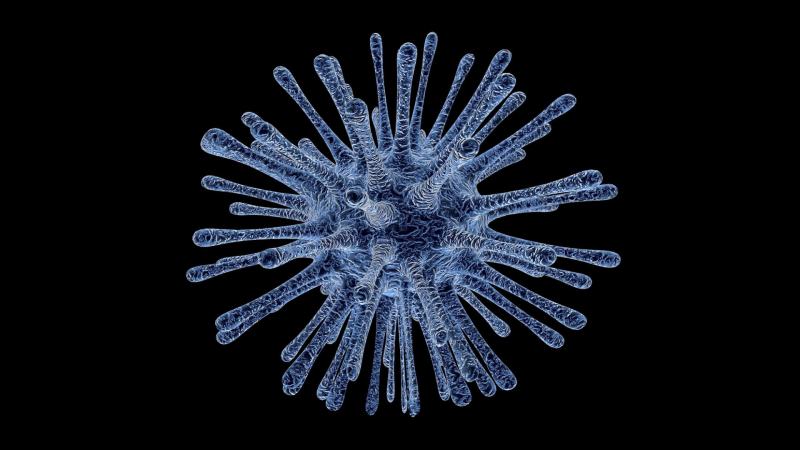
In a recent study, researchers from the Institute for Stem Cell Biology and Regenerative Medicine (InStem), Bengaluru, National Centre for Biological Sciences (NCBS), Bengaluru, Christian Medical College, Vellore and the Indian Institute of Technology, Kanpur, have described how a type of virus, called adeno-associated virus, behaves when injected into the mouse testis. The findings of the study, supported by the Department of Biotechnology (DBT) and InStem were published in the journal BMC Biotechnology.
Viruses are often used in gene therapy—a method of treatment where instead of medicines, a gene is inserted into an individual’s body cells to prevent or treat a disease. Viruses act as ‘delivery agents’ that carry the gene into the cell. The adeno-associated virus is a small virus that infects humans and other primates but does not cause any known disease. Hence, they are preferred as delivery agents in gene therapy.
The adeno-associated virus contains single-stranded DNA as its genetic material, which is enclosed in a protein shell called capsid. The virus has different serotypes—distinct groups that have different antigen molecules on their cell surface. Interestingly, the virus affects different cells in the host based on the serotypes it contains. The researchers of the present study injected different serotypes of the virus into the testis of laboratory mice to understand how they interact with different cells in the testis.
Testes contain many highly coiled tubes, called seminiferous tubules, where sperms are formed from the spermatogonial stem cells. These tubules contain specialised cells called Sertoli cells that nourish the immature sperm cells, and the Leydig cells that produce the testosterone hormone are found adjacent to the tubules.
The researchers observed that most of the serotypes efficiently target the Leydig cells. “Serotypes AAV2 and AAV9 efficiently transduced (infected) testosterone-producing Leydig cells”, say the authors.
However, they noticed that the cells found on the surface of the blood vessels, located in the same region where Leydig cells are, were not infected. Interestingly, none of the tested virus serotypes entered the seminiferous tubules or infected the sperm-producing cells.
The researchers also tested some mutant serotypes which had modified their capsids to enhance their ability to infect. To their surprise, they found that the mutant AAV2 was able to enter the seminiferous tubules and infect Sertoli cells. This observation indicated that the ability of AAVs to infect different cells is due to the variations in their capsids.
The researchers conclude that AAVs are safe to use in gene therapy as none of the tested AAVs appeared to infect the sperm progenitors or germ cells. Hence, they won’t be transmitted to the offspring.
“Our results provide a strong support for existing literature and affirm the safety of AAV gene therapy vectors owing to their low germline transmission potential. However, testing the presence of AAV genomic DNA in the germ cells is necessary to assess the risk of individual serotypes”, they remark.
The study highlights the importance of understanding the behaviour of engineered or mutated viruses, which have a different infection pattern. An understanding of these differences is crucial for the success of gene therapies.






